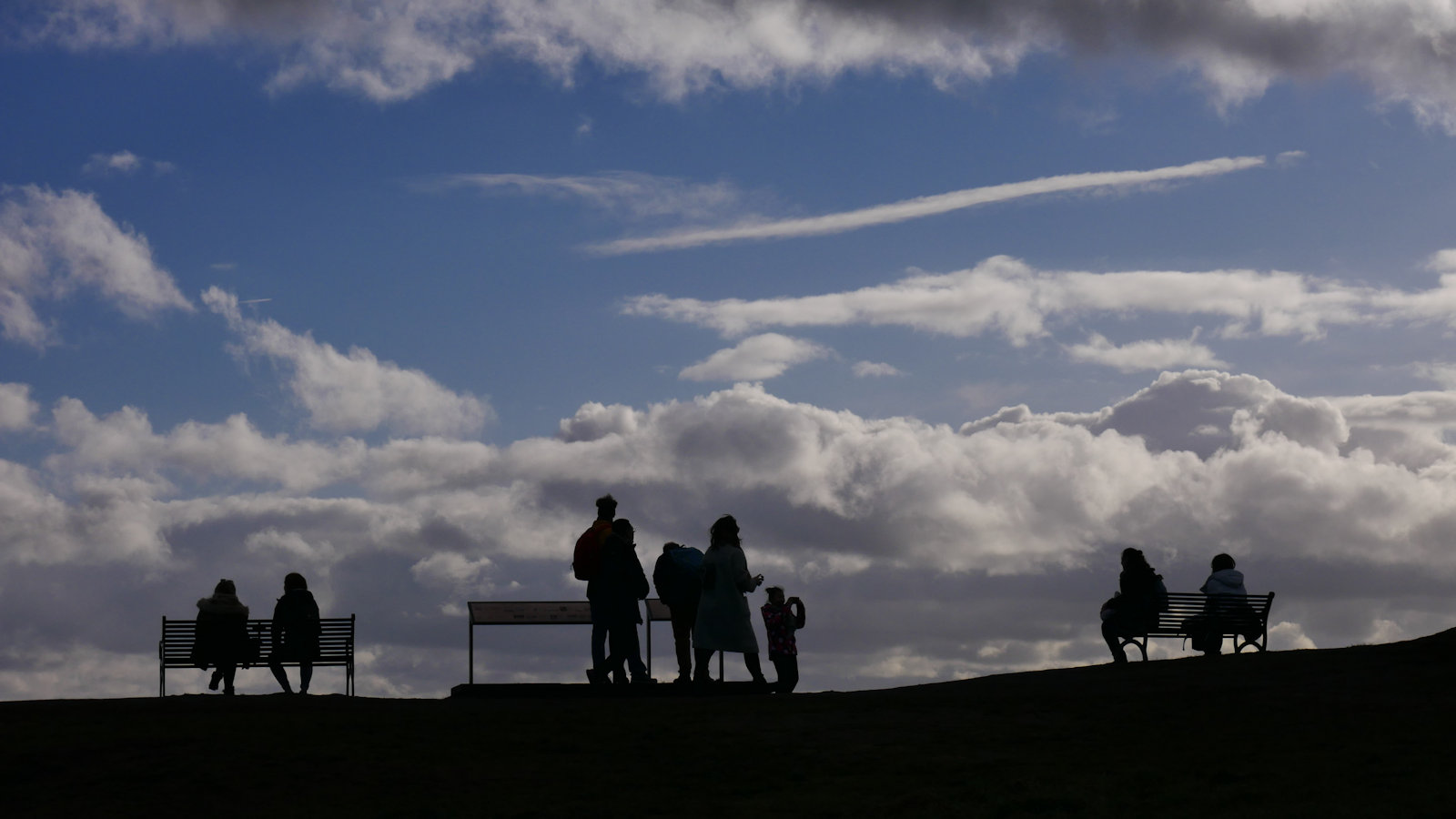Street photography is a genre of photography that is open to anyone with a camera, any camera, and there are no rules in street photography other than the ones you decide for yourself. The scope in street photography is almost limitless, public places such as city streets, parks, gardens, shops and the like, offer so any opportunities for the photographer that there is always something of interest to record, it just needs a keen eye to spot them.
There are a lot of opinions on the Internet about what street photography actually is and I would suggest anyone starting this field of photography do a quick search and read some of them. However, keep in mind that these are just individual photographer’s opinions, there is no right or wrong way to do street photography, it’s entirely up to you. A few such pages’ state true street photography means sticking your camera in someone’s face to take the photograph and the camera must be a Leica with a wide-angle lens. Rubbish, you do what you like to do.
Street photograph usually takes place in urban areas such as town and cities, they offer the widest variety of subject matter to choose from. You might want to include people in your images, as is usually the case. On the other hand, you might want to exclude people entirely for an alternative way of looking at the street. Personally, I tend to photograph just about anything that takes my fancy including people, with a favourite being backlit scenes, ephemera such as graffiti, posters and stickers and, of course, selfies, using the many reflective surfaces dotted about the place.
The choice of camera and lens is a very personal thing. Many enthusiasts favour cameras with wide angles lens, which if fine, I prefer a zoom lens which lets me stand back a little and can capture and frame images, for example, on the opposite side of the street. My preferred camera is a Panasonic Lumix G7 with a 45 – 150 mm zoom lens. The G7 is a micro four-thirds format camera and this means the lens is actually a 90 – 300 mm zoom lens in 35 mm film camera terms. I usually also carry a wide angle zoom lens as well, for locations such as alleyways, working busy crowds and indoors, such as museums.
Street photography can be quite daunting for the beginner, pointing your camera in public at people you don’t now. I felt that initially but soon got the hang of it. These days’ cameras are everywhere, usually in the form of a mobile phone, often held on the end of a selfies stick. The best advice I can suggest is just takes photographs of whatever you fancy and developed from there. Try to be unobtrusive, blend with the background but don’t act furtively as that is more obvious than you might think.
There are a few guidelines I would follow. Avoid photographing children, if someone objects to you taking their images, smile, say you are sorry and delete it. It’s just a photograph and not worth arguing about. The times around sunrise and sunset are great for amazing lighting conditions and make sure you have plenty of space on your media cards and enough spare batteries for the day. You can end up taking thousands of photographs in a single outing.
The main thing is to enjoy yourself and above all look around you, pay attention to what people are doing, what might be going to happen, how a scene may develop and so on. It’s also worth looking at the many different elements that might go into creating an interesting image. For example, bill boards and posters together with a person walking past waiting before it. Above all, just get out there, set your camera to auto mode and just take photographs. And, while its okay to learn from others, try to avoid copying others and aim to develop your own style of street photography, one that is unique to you. And finally, take photographs for yourself, not others and you will always be content.
Copyright ©2022 Gary Buckham. All rights reserved.


